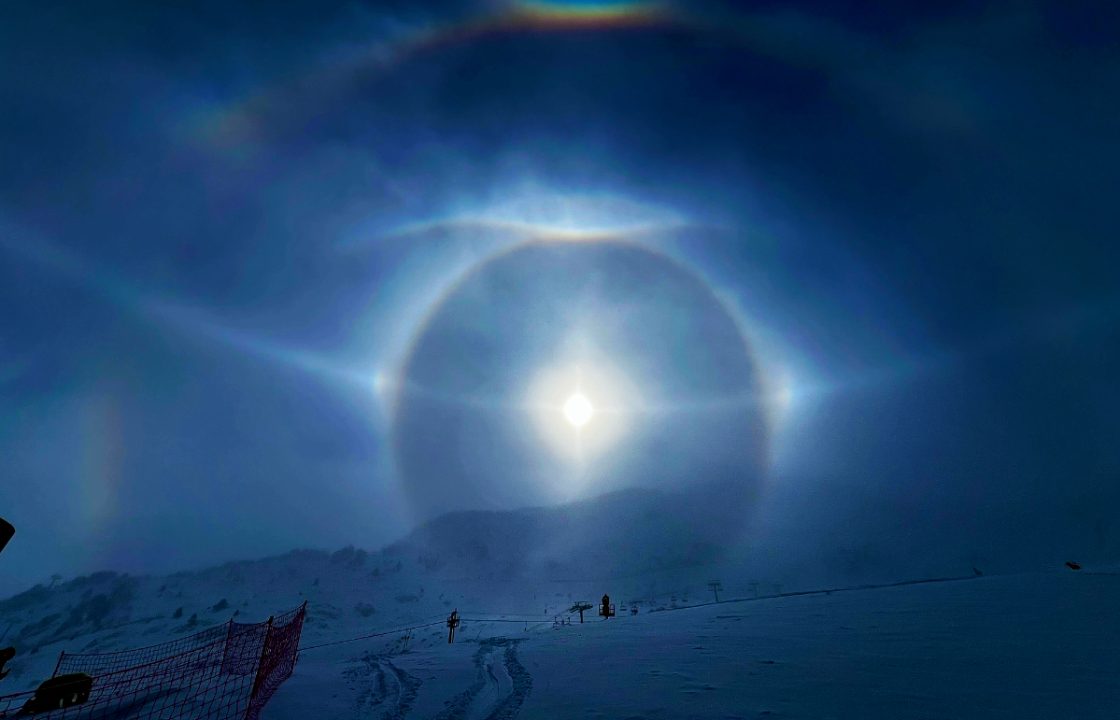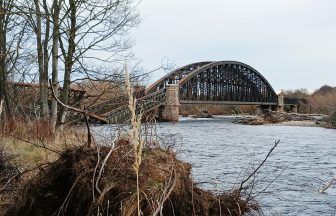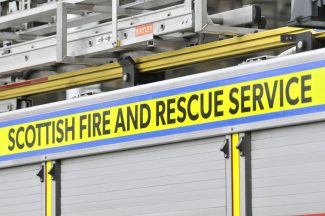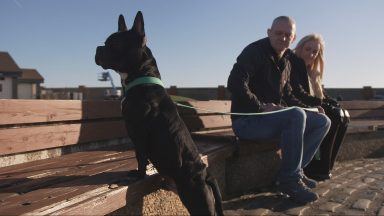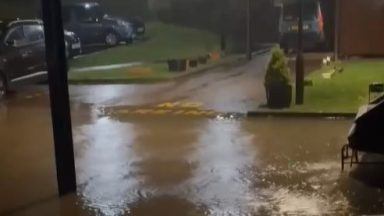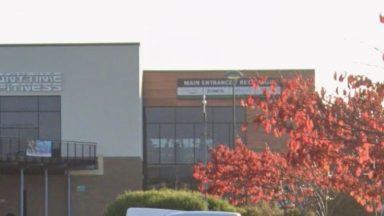STV’s Sean Batty was among a group of international meteorologists treated to an incredible natural phenomenon.
For the last few days I’ve been in Andorra for a weather meet-up of European meteorologists where we attended a conference, skied, and geeked out over things like beautifully formed snowflakes, graupel and an extremely rare optical phenomenon.
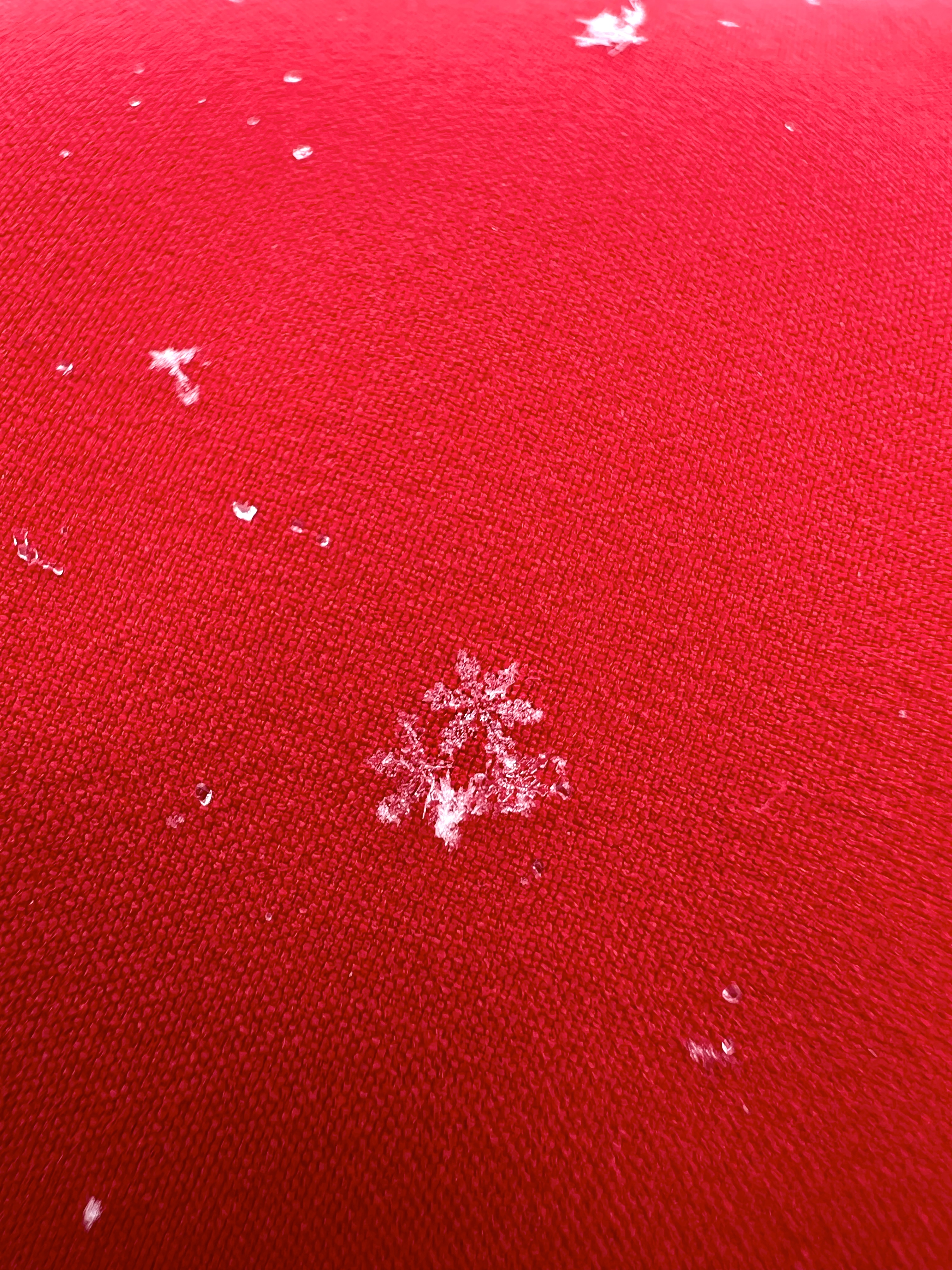 STV News
STV NewsThe reason it was held in Andorra is due to the country’s reliance on a thriving ski industry and the challenges a changing climate affects this. This can be seen at resorts in the rest of the Pyrenees, Alps, Scandinavia and of course here in Scotland.
Scotland was given a specific mention during the conference due it’s increasing avalanche risks from what are known as cornices.
These are huge masses of wind-blown snow which attach themselves to mountain tops and can collapse at any time sending huge amounts of snow down the mountain side.
I remember being warned on Ben Nevis a few years ago of this exact thing as you couldn’t tell what was the mountain and what was basically just a big slab of snow sticking to its side.
One step on this and the whole thing could go.

This is something to always watch out for on our steeps slopes during the snowy seasons.
With more moisture in a warmer climate, and given our location right next to the Atlantic, this could mean larger snowfalls on our mountains.
This will often come with strong winds and storms which could lead to more cornices in our mountains and an increased avalanche risk in the coming years.
What was dramatic to see on the journey from Spain to Andorra was the real lack of water in their reservoirs there – a concern for many of the meteorologists from southern Europe.
Winter is when most of the rain falls in these regions, so if the water levels are not topped up now, things will likely get a lot worse in the summer months.
Seasonal forecasts are always taken with a large pinch of salt as these can go wrong very quickly given how chaotic the atmosphere is.
But we discussed the strong signal from seasonal models predicting much warmer conditions across Europe – especially for Iberia, France and the UK.
This of course comes off the back of exceptional heat seen in the last few years, with the exception of us last summer, but remember it was only in 2022 that we set that new record of 34.8C.
But if southerlies from Spain and north Africa play a part in our summer more often this summer we could be in for more days where we reach 30C.
While we were out enjoying the snow on the slopes of Ordino Arcalis in Andorra we spotted the most epic sun show ever.
One which none us had ever seen before – such a rare phenomenon that no one actually knew all the names for what we were seeing.
Imagine the scene, dozens of screaming meteorologists on the slopes, dropping their skis, taking out their phones and doing videos in English, Greek, Spanish, French, Catalonian, Polish and Portuguese for their channels and social media – absolute chaos.
We were all in awe of something which is so rare to see outside of places such as the Arctic and Antarctica, and here comes the soppy bit – to share something like that together.
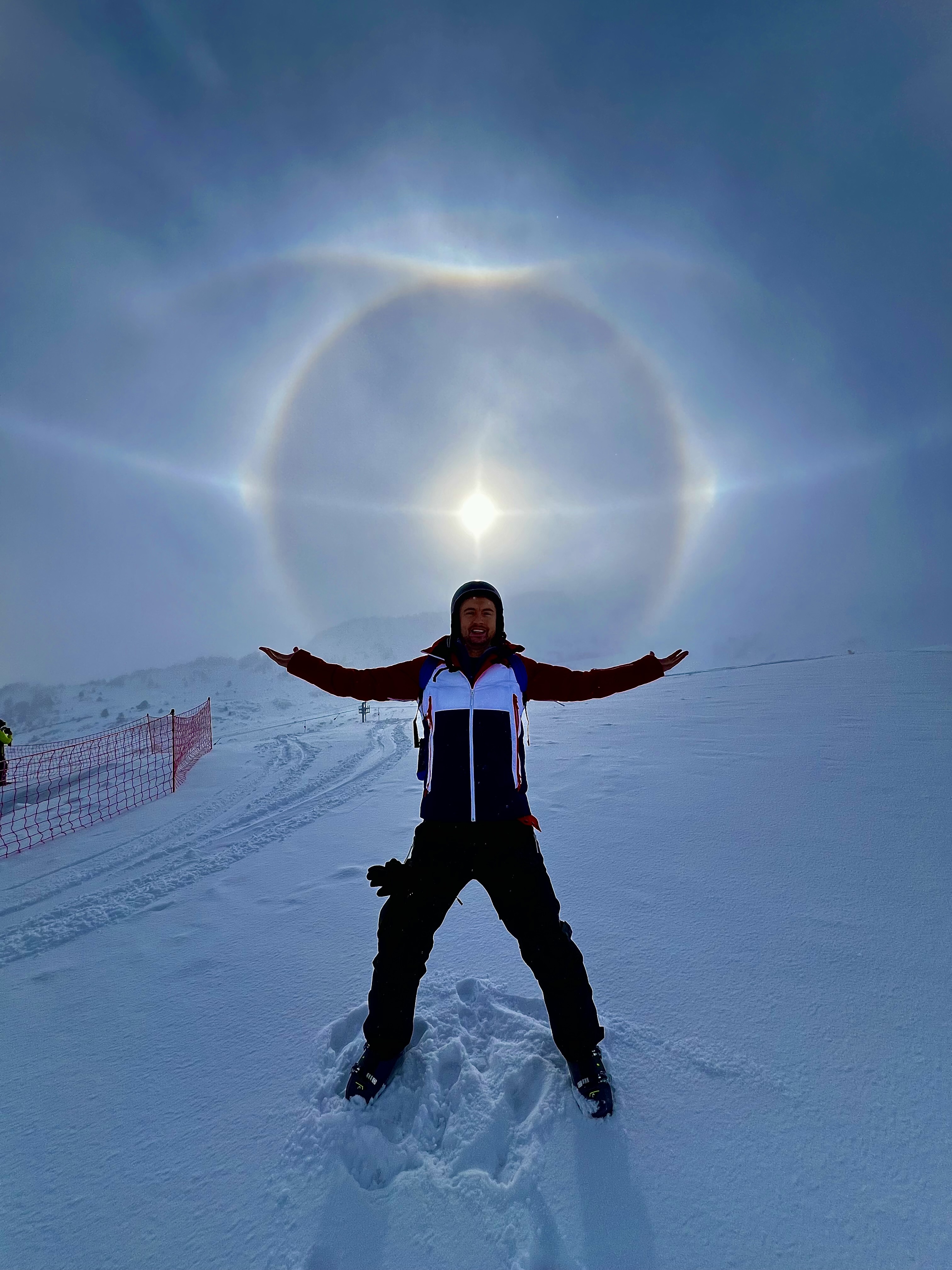 STV News
STV NewsThis phenomenon is created by the tiny ice crystals that fill the air and the sky and these crystals refract and diffract the light passing through them to create numerous rainbow-like bands across the sky and the Sun – very similar to how raindrops create rainbows.
While it’s extremely rare to ever see something as perfect as what we spotted in Andorra, we do often get treated to sun haloes and sun dogs in Scotland, usually before rain arrives.
On those occasions it’s the ice crystals in the high clouds that proceed some of our weather fronts that create these.
In actual fact there were reports of a moon halo just the other night in Ayrshire – yes moon haloes exist too – although only form in the right conditions a few nights either side of a full moon.
So next time you see a halo around the Sun or Moon here in Scotland, expect rain in the next day or so – something to impress your friends with.
Follow STV News on WhatsApp
Scan the QR code on your mobile device for all the latest news from around the country


